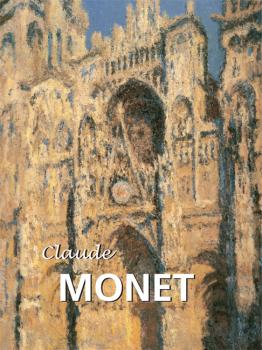ТОП просматриваемых книг сайта:















Nathalia Brodskaya
Список книг автора Nathalia BrodskayaАннотация
Информация о книге
Автор произведения Nathalia Brodskaya
Жанр Иностранные языки
Серия Art of Century
Аннотация
Информация о книге
Автор произведения Nathalia Brodskaya
Жанр Иностранные языки
Серия Art of Century
Аннотация
Информация о книге
Автор произведения Nathalia Brodskaya
Жанр Иностранные языки
Серия Art of Century
Аннотация
Информация о книге
Автор произведения Nathalia Brodskaya
Жанр Изобразительное искусство, фотография
Серия Best of
Аннотация
Информация о книге
Автор произведения Nathalia Brodskaya
Жанр Изобразительное искусство, фотография
Серия Temporis
Аннотация
Информация о книге
Автор произведения Nathalia Brodskaya
Жанр Изобразительное искусство, фотография
Серия Mega Square
Аннотация
Информация о книге
Автор произведения Nathalia Brodskaya
Жанр Изобразительное искусство, фотография
Серия Mega Square
Аннотация
Информация о книге
Автор произведения Nathalia Brodskaya
Жанр Изобразительное искусство, фотография
Серия Mega Square
Аннотация
Информация о книге
Автор произведения Nathalia Brodskaya
Жанр Изобразительное искусство, фотография
Серия Mega Square
Аннотация
Информация о книге
Автор произведения Nathalia Brodskaya
Жанр Изобразительное искусство, фотография
Серия Great Masters










